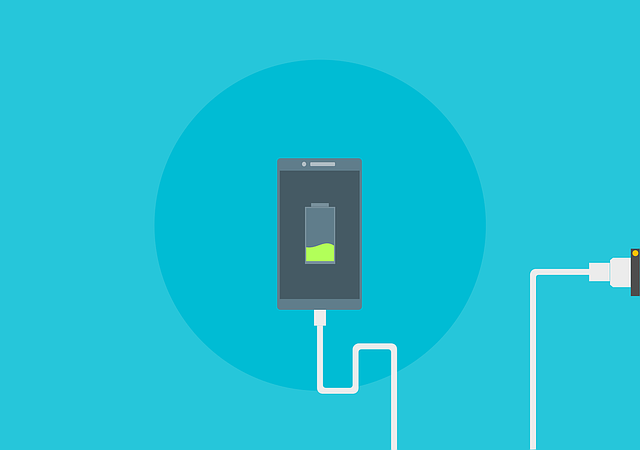The Background And Development Of Batteries

Today batteries have become so ubiquitous that we hardly even notice them anymore. Yet this remarkable invention is backed by a storied and long history, along with an exciting future. Batteries are simply devices that store energy in a chemical form and convert it into electricity. In essence, a battery is a compact chemical reactor, that contains reaction-producing energetic electrons, that flow through external devices.
Batteries have been around for a very long time. The Director of the Baghdad Museum in 1938 discovered what is now known as the “Baghdad Battery” in the museums’ basement. Analysis dated this device back to 250BC and it was of Mesopotamian origin.
Controversy has surrounded this early “example of a battery”, but it does suggest uses that include pain relief, a “religious” tingle, or electroplating.
American inventor and scientist Benjamin Franklin used the terminology “battery” for the first time in 1749 when conducting experiments involving electricity with the use of linked capacitors.
Alessandro Volta, an Italian physicist, invented the first “true” battery in 1800. He stacked Cu discs (copper) and Zn (zinc) separated by a cloth immersed in salty water.
Wires were then connected to each stack which produced a consistent and continuous stable current. Each of the cells (a set of a Zn and Cu disc and the brine) produced 0.76 V (Volts). This value was then multiplied according to the cell numbers stacked together.
The lead-acid battery, recognised as among the more enduring batteries, was first invented in 1859. This technology is still used for starting most cars that contain internal combustion engines. It is an example of the oldest version of the rechargeable battery.
Today, batteries are available in many different sizes from tiny batteries used in an electronic watch or toy to large Megawatt sizes that store power from a solar farm or a substation to ensure a consistent and stable supply to an island or an entire village.
Batteries are also based on various chemistries, that generate a basic cell voltage which usually ranges between 1.0 to the 3.6 V range. Stacking cells in a series will increase the voltage, and a parallel connection will boost the current supply. This is a principle used for adding up to a required current and voltage, which includes the Megawatt sizes.
It is anticipated that technology surrounding batteries is going to advance relatively quickly with some models that will have sufficient capacity to successfully store power generated with a wind or solar domestic system, and then power homes at more convenient times (usually during the night). As a side point, you may be interested in seeing UPS cooling.
How Does A Battery Work?
When batteries discharge a chemical reaction will produce a few additional electrons during this reaction. Examples of reactions that create electrons are when iron oxidises and produces rust. The iron will react with the surrounding oxygen, releasing electrons so that the oxygen can create iron oxide.
The standardised construction of batteries involves using two compounds or metals with different types of chemical potentials. They are then separated with an insulator that is porous. Chemical potential is energy that is stored in both the bonds and atoms of these compounds, which imparts to moving electrons when they are moved through an externally connected device.
Conducting fluids such as water and salt transfer the soluble ions from one compound or metal to the next during each reaction, which is better known as the electrolyte.
The compound or metal losing electrons during these discharges is known as the anode, while the compound or metal accepting these electrons is known as the cathode. This electron flow from an anode to a cathode through an external connection which is used to run electronic devices.







